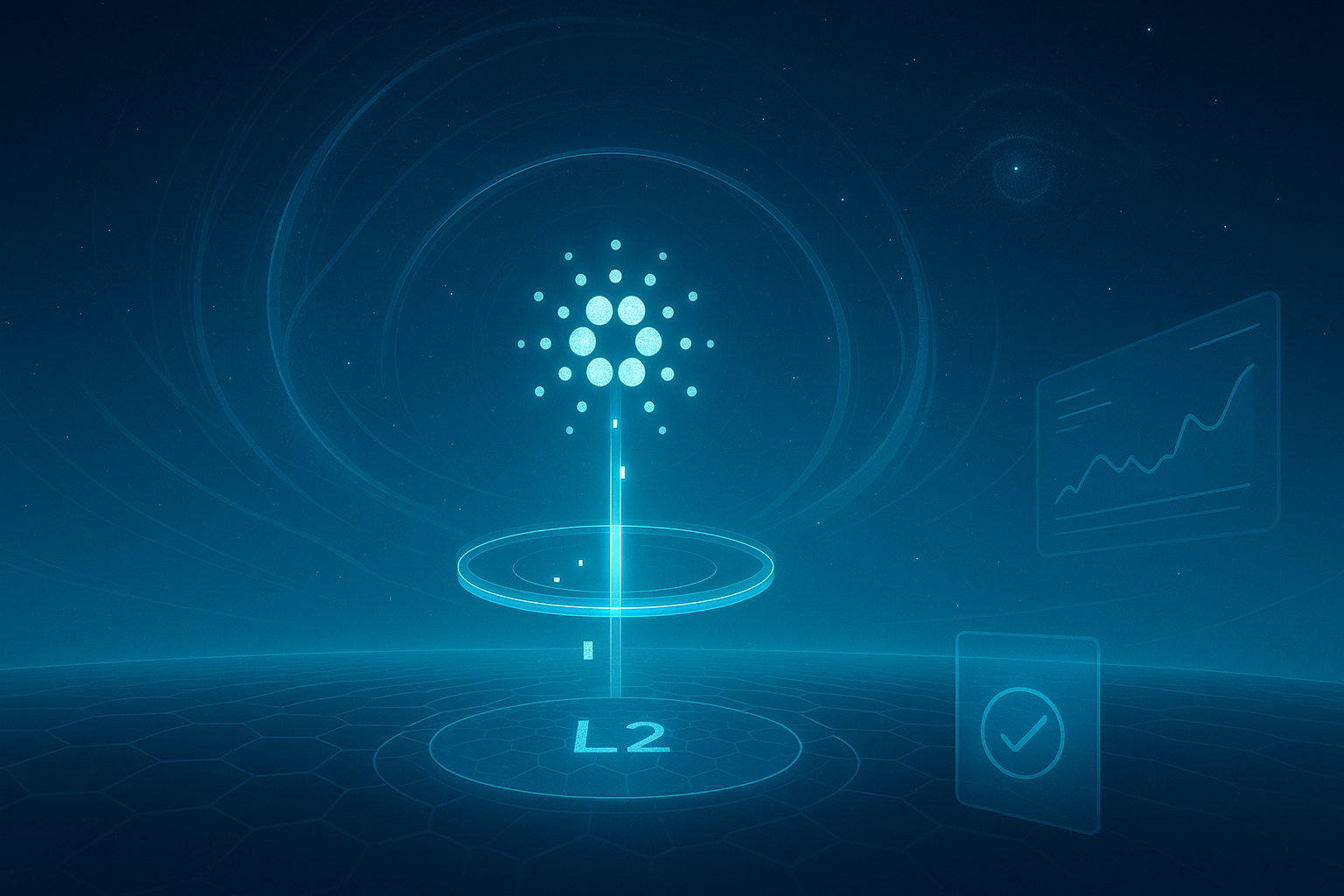14 Governance Flowcharts: How Cardano Makes Decentralized Decision-Making More Accessible
Cardano has consistently positioned itself as a blockchain that prioritises research, transparency, and community involvement. In July 2025, the Cardano Foundation took another major step to prove its...

Cardano has consistently positioned itself as a blockchain that prioritises research, transparency, and community involvement. In July 2025, the Cardano Foundation took another major step to prove its commitment by releasing 14 detailed governance flowcharts. These clear visual guides break down exactly how decisions such as hard forks, treasury withdrawals, and protocol upgrades occur on Cardano.
By publishing these flowcharts, the Foundation aims to help every ADA holder, developer, or stakeholder understand their role in shaping the network’s future. If you hold ADA or build on Cardano, here is why these governance flowcharts matter, how they work, and how you can use them to participate more confidently in Cardano’s decentralized ecosystem.
Why Transparent Governance Matters for Cardano
Many blockchains talk about decentralization but lack clear structures that show who makes decisions and how they do it. Cardano stands out by putting peer-reviewed research and open governance at the core of its mission.
Transparent governance builds trust. It allows every community member to verify that no single entity controls upgrades, treasury spending, or critical protocol changes. With clear flowcharts, even non-technical holders can now see the exact steps from proposal to final implementation.
This approach gives Cardano a strong foundation for long-term sustainability. More people feel confident in delegating, voting, and funding projects when they understand how their voice influences the protocol.
What the 14 Governance Flowcharts Cover
The flowcharts released by the Cardano Foundation outline the processes behind actions like:
- How to initiate and approve a hard fork combinator upgrade
- How the Catalyst Fund manages treasury withdrawals and community funding
- How Delegation Representatives (DReps) and stake pool operators fit into each step
- How protocol parameters get updated with community and expert input
- How checks and balances work to prevent misuse of treasury funds or rushed upgrades
Each flowchart outlines who can submit proposals, the voting thresholds that must be met, and the checks that ensure changes adhere to the agreed-upon rules. These visual maps make governance less intimidating, especially for newer ADA holders.
How These Flowcharts Empower the Community
Knowledge drives participation. Cardano’s governance flowcharts help reduce confusion and rumours about who decides what. When holders see exactly how a proposal for a hard fork or treasury withdrawal moves from idea to action, they become more likely to engage.
For example, if you delegate your ADA, you may want to choose DReps who actively vote on proposals that align with your values. With the flowcharts, you can now track where DReps have influence and when the wider community needs to vote.
Builders and project teams also benefit. If they need treasury funding, they can follow the exact roadmap to prepare proposals, gather community feedback, and understand approval requirements. This transparency saves time and builds trust with stakeholders.
Read Also: SEC Moves Closer to Approving Crypto ETFs for Solana, XRP, and Meme Coins
Steps to Get Involved in Cardano’s Governance
If you want to make the most of these governance flowcharts, start with these simple steps:
- Download and Read the Flowcharts
Visit the official Cardano Foundation website to access the full set of flowcharts. Study how proposals flow through different decision layers. - Join Catalyst Town Halls
Cardano’s Catalyst community holds regular meetings where you can learn how to write better proposals and how to vote effectively. - Delegate Responsibly
Select stake pools and DReps whose values align with yours. An active, engaged DRep strengthens decentralized governance. - Stay Informed
Follow governance updates on Cardano’s official channels. The ecosystem evolves, and these flowcharts may get refinements as the community tests and improves them.
Final Thoughts
Clear, easy-to-understand governance structures put Cardano ahead of many blockchains that claim decentralization but fail to show how it works in practice. By publishing these 14 governance flowcharts, the Cardano Foundation demonstrates to every stakeholder that true transparency and community empowerment are achievable.
If you believe in the future of decentralized systems, now is the best time to learn, vote, and contribute to how Cardano grows. Each ADA holder plays a crucial role in maintaining the network’s sustainability, security, and adherence to its vision.
Take time to read the flowcharts, share them with your community, and help build the kind of blockchain ecosystem that stays accountable to everyone, not just a few.
Delegate Your Voting Power to FEED DRep in Cardano Governance.
DRep ID: drep12ukt4ctzmtf6l5rj76cddgf3dvuy0lfz7uky08jfvgr9ugaapz4 | We are driven to register as a DRep by our deep dedication to the Cardano ecosystem and our aspiration to take an active role in its development, ensuring that its progress stays true to the principles of decentralization, security, and community empowerment.DELEGATE VOTING POWER!






